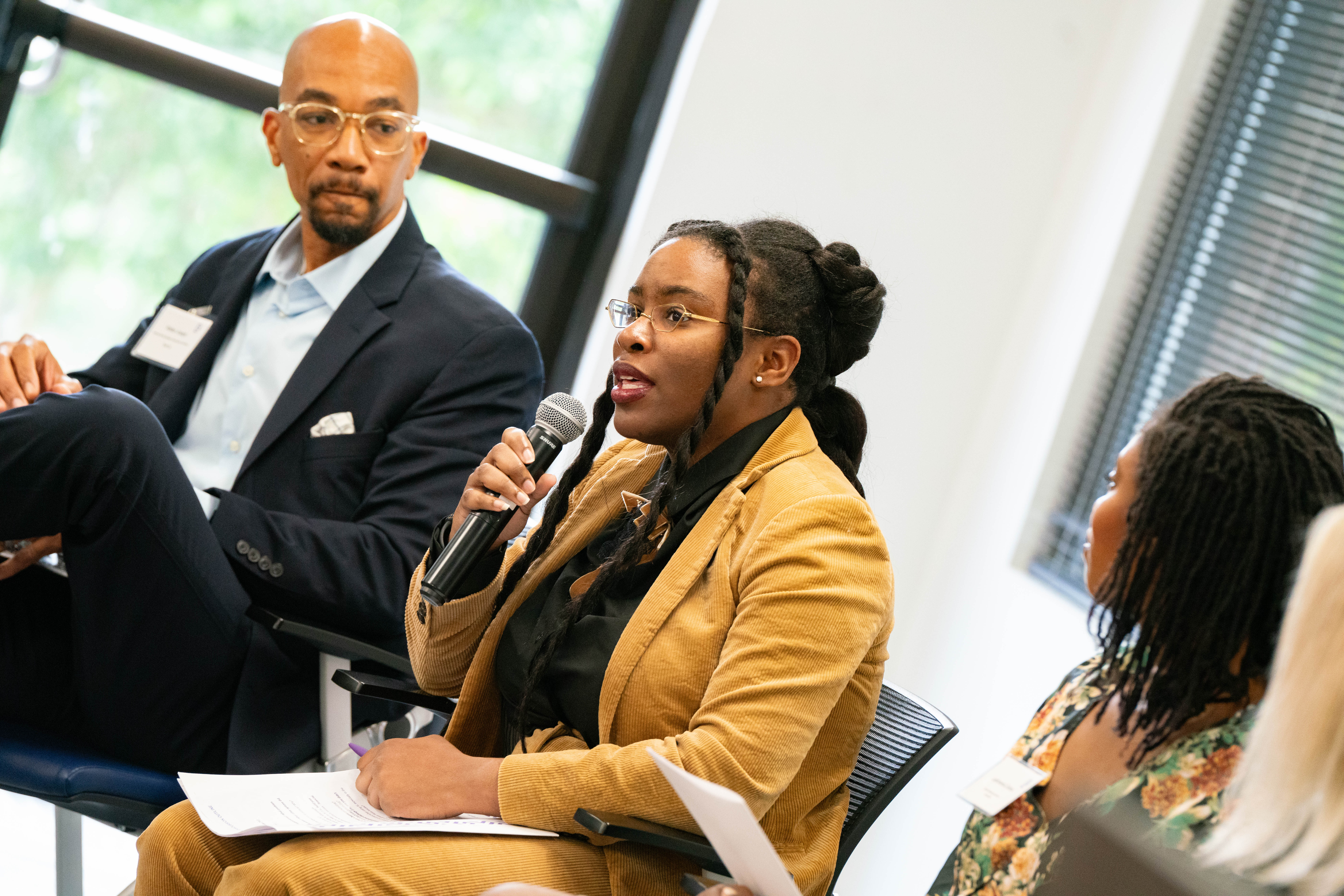As parents and guardians, we aim to help our children grow into confident and successful individuals. We want them to be able to face challenges and overcome obstacles. With love, time and attention, we seek to create memories and foster bonds that help them develop a positive outlook. Encouragement and positive reinforcement are two ways we can cultivate this outcome for our children and teens in South Carolina.
Encouragement Is Key
Encouragement is critical when it comes to promoting positive growth in youth. It is about providing support, motivation and praise for their efforts and achievements. By acknowledging successes as well as their efforts, we help our children build self-esteem and confidence that will empower them.
However, it is important to note that positive reinforcement should be employed purposefully. It should not be used as a bribe or solely to get the child to behave in a certain way. If done correctly, positive reinforcement can help children develop a strong sense of self-worth and motivation to do their best.
Positive Reinforcement Techniques
The following are just some ways to administer positive reinforcement and encouragement in your youth’s everyday life.
1. Be specific and genuine in your praise.
When offering praise, be specific about what you appreciate. Instead of a general “good job,” acknowledge the specific effort, behavior or achievement. For example, “I appreciate how you took your time to solve that problem.”
2. Foster a growth mindset.
Encourage a growth mindset by praising the process, not just the outcome. Highlight your youth’s efforts, strategies and perseverance that went into the task. This helps children understand that their abilities can be developed through hard work and that growth is a success in and of itself.
3. Use positive language.
Choose positive and affirming language, like “I’m so proud of you” or “I admire your determination.” Frame feedback in a way that emphasizes what was done well or what positive behavior you observed. Positive language fosters a sense of accomplishment and reinforces good habits.
4. Encourage independence and decision-making.
Provide opportunities for decision-making and independent problem-solving. When they succeed, celebrate your child’s autonomy, and when they face challenges, offer support and guidance. This builds confidence and a sense of responsibility. It also reframes the ability to ask for help as a positive quality, not a sign of weakness.
5. Listen actively and validate feelings.
Active listening is a powerful form of encouragement. When children feel heard and understood, it reinforces their sense of worth. Acknowledge their feelings and let them know it’s okay to experience a range of emotions.
6. Encourage goal-setting.
Help children set realistic and achievable goals. Break larger goals into smaller, manageable steps. Celebrate milestones along the way, reinforcing the idea that progress is a series of small victories. Setting S.M.A.R.T. goals (specific, measurable, attainable, relevant and timely) helps provide youth with a clear mark of success.
7. Model positive behavior in your own life.
It is also crucial for parents and guardians to model positive behaviors themselves. Children often mimic what they see, so it is important for us to practice what we preach—showing love, respect and positivity towards ourselves and others will teach our children how to do the same.
8. Offer constructive feedback.
When feedback is needed, frame it constructively. Focus on specific areas for improvement and offer guidance on how to enhance skills. This approach fosters a sense of continuous improvement.
An Important Note On Discipline
As parents and adults, the way we encourage and reinforce positive behavior can shape a child’s self-perception and influence their future choices.
We understand parenting is not a simple journey. At times, it can be challenging to balance discipline with encouragement and positive reinforcement, but it is important to remember that discipline does not always have to involve punishment. According to the Positive Discipline Association, positive discipline benefits for children include:
- Helping children feel a sense of connection, belonging and significance.
- Instilling mutual respect and encouragement.
- Showing long-term effectiveness.
- Teaching important social and life skills.
- Inviting children to discover their full capabilities.
Instead of focusing on the negative behavior, try redirecting your child’s or teenager’s attention toward something positive or discussing the consequences of their actions calmly. These tender moments can help instill trust and strengthen your bond.
Landmarks For Families Supports Lowcountry Families
With more than 200 years of experience supporting South Carolina’s youth and families, Landmarks For Families is equipped to lead your child or family through life’s challenges. Whether on-site or in-home, our compassionate team is ready to meet you where you are with the services you need. Contact us today to learn more about our programs and speak with a member of our team.


